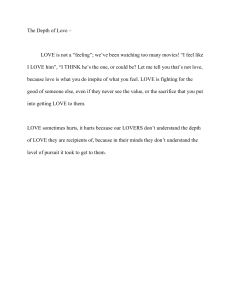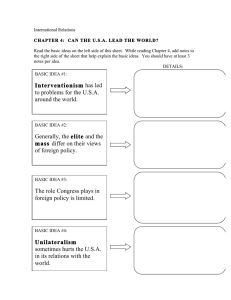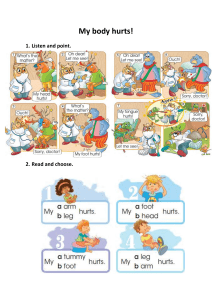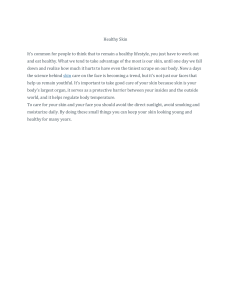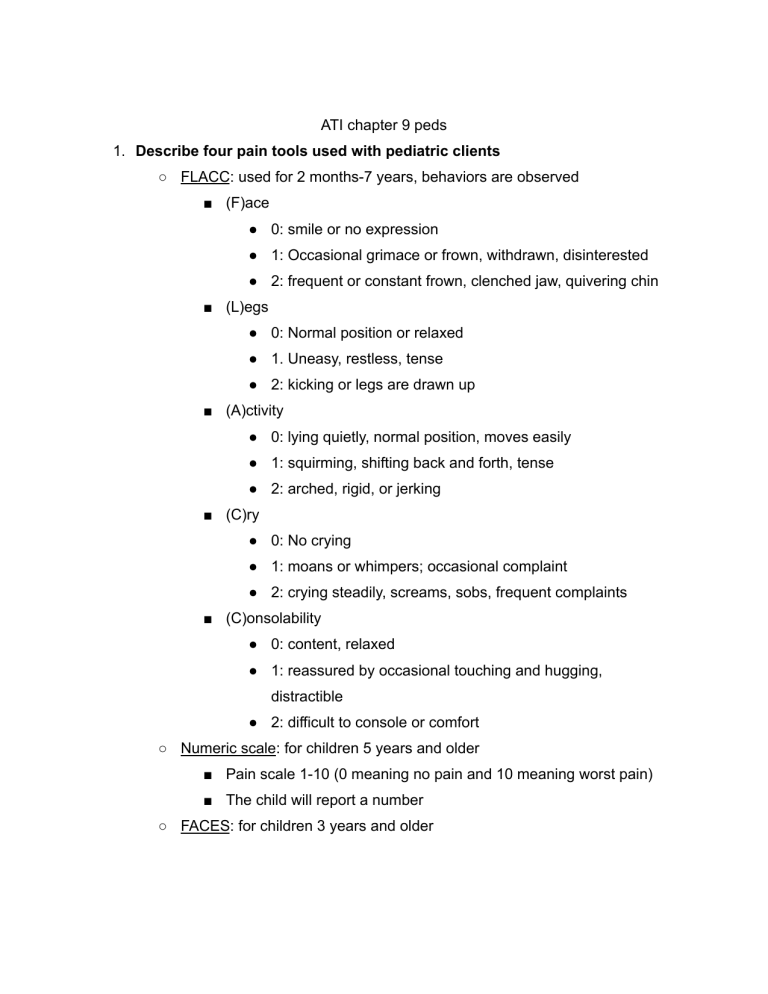
ATI chapter 9 peds 1. Describe four pain tools used with pediatric clients ○ FLACC: used for 2 months-7 years, behaviors are observed ■ (F)ace ● 0: smile or no expression ● 1: Occasional grimace or frown, withdrawn, disinterested ● 2: frequent or constant frown, clenched jaw, quivering chin ■ (L)egs ● 0: Normal position or relaxed ● 1. Uneasy, restless, tense ● 2: kicking or legs are drawn up ■ (A)ctivity ● 0: lying quietly, normal position, moves easily ● 1: squirming, shifting back and forth, tense ● 2: arched, rigid, or jerking ■ (C)ry ● 0: No crying ● 1: moans or whimpers; occasional complaint ● 2: crying steadily, screams, sobs, frequent complaints ■ (C)onsolability ● 0: content, relaxed ● 1: reassured by occasional touching and hugging, distractible ● 2: difficult to console or comfort ○ Numeric scale: for children 5 years and older ■ Pain scale 1-10 (0 meaning no pain and 10 meaning worst pain) ■ The child will report a number ○ FACES: for children 3 years and older ■ Pain scale 0-5 related to a diagram of 6 faces (explain each face to the child and ask the child to choose a face that best describes how they are feeling) ● 0: No hurt ● 1 Hurts a bit ● 2 Hurts a little more ● 3 Hurts even more ● 4 Hurts a whole lot ● 5 Hurts worst ○ Non-communicating children’s pain checklist: for children 3 years and older ■ Behaviors are observed for 10 minutes ■ Each of the 6 subcategories are scored on a scale of 0-3 ● 0: Not at all ● 1: Just a little ● 2: Fairly often ● 3: Very often ■ Subcategories ● Vocal ● Social ● Facial ● Activity ● Body and limbs ● Physiological ■ Cutoff scores ● 11 or higher indicates moderate to severe pain ● 6- 10 indicates moderate pain
